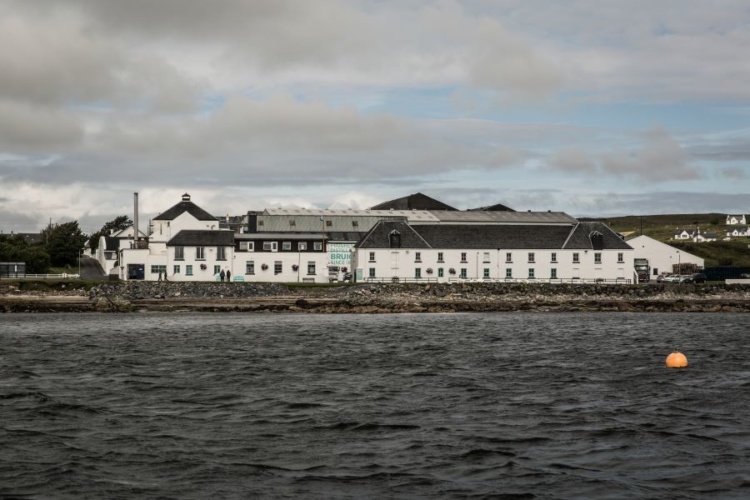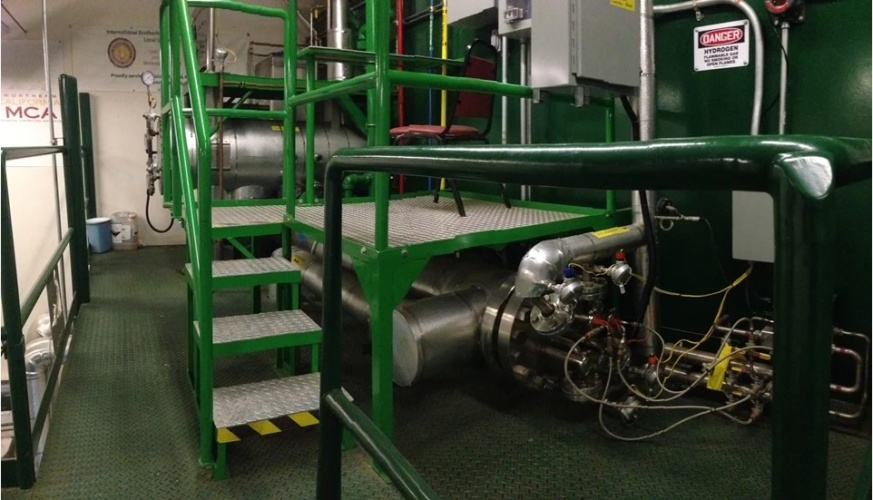
Bruichladdich Distillery on the Isle of Islay currently uses fuel oil to heat its Victorian still, which has been producing whisky since 1881. The new feasibility project, codenamed HyLaddie, will see Bruichladdich install a Deuterium Dynamic Combustion Chamber (DCC) to investigate whether hydrogen is a viable replacement for the distillery’s heating requirements. The DCC will be deployed by Deuterium’s sister company Protium, a UK‐based green hydrogen energy services company (HESCO) founded in 2019.
Government pours funding into sustainable gin distillery
“We are delighted to be given the opportunity to demonstrate how green hydrogen can deliver a zero-emission heat solution for Bruichladdich,” said Christopher Jackson, CEO of Protium and Director of Deuterium.
“Green hydrogen will play a key role in decarbonising the UK manufacturing sector, particularly food and drink where Protium is well established in designing green hydrogen for industrial heat solutions. Together with ITPEnergised and Deuterium, we are eager to demonstrate how hydrogen can be used by Bruichladdich to reduce their footprint and emissions, and look forward to helping them spearhead innovation in a sector that is so rich in tradition and history.”

According to Jackson, the project marks the inaugural deployment of DCC in the UK. The technology generates high-temperature steam using only oxygen and hydrogen that is combusted in a vacuum. The process creates water which can be recycled and eliminates any emission of CO2, NOx and SOx. Together with ITPEnergised and Deuterium, Protium will investigate optimal system design and how the DCC can be integrated into the Victorian distillery. The feasibility study must also consider the preservation of centuries-old equipment, the safeguarding of spirit quality and the impact on the local community.
“At Bruichladdich Distillery, we understand that there is real potential for a hydrogen‐based solution to decarbonise our industry,” said Allan Logan, Operations and Production director of Bruichladdich.
“We are thrilled to have the support of Protium, Deuterium and ITPEnergised to help us assess the feasibility of employing a hydrogen fuel switching solution for our distillery – a move we hope benefits the broader industry.”




Poll: Should the UK’s railways be renationalised?
I think that a network inclusive of the vehicles on it would make sense. However it remains to be seen if there is any plan for it to be for the...